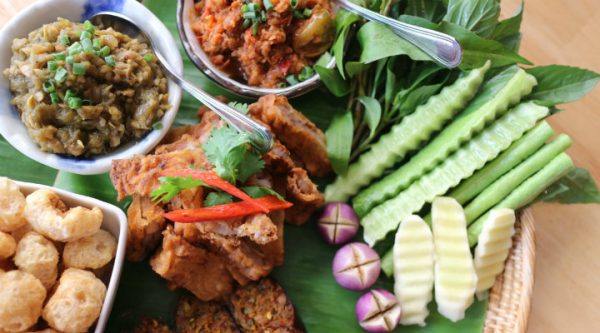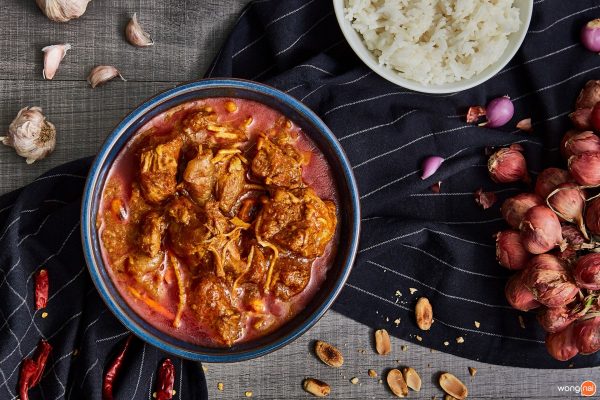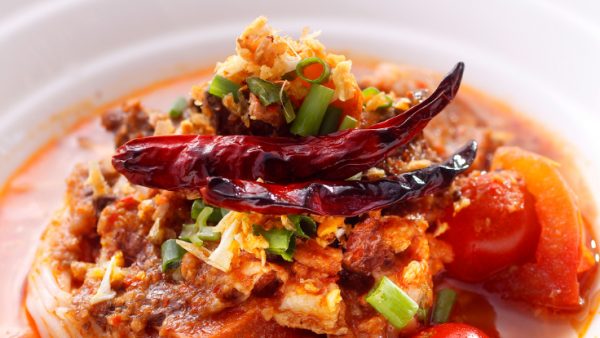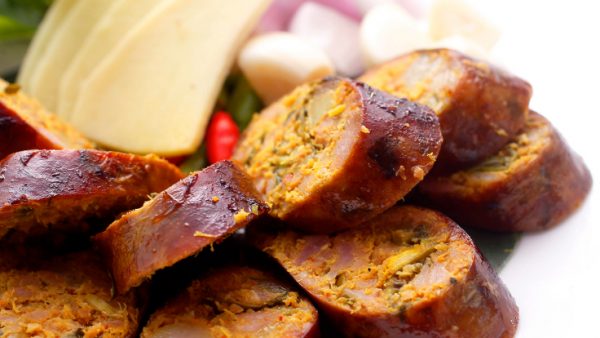CHIANG MAI, 18 September 2019: Food is part of the authentic travel experience that makes Chiang Mai a top choice for visitors to northern Thailand.
With traditional and contemporary Thai lifestyles coexisting side-by-side, the Thai northern province features a diversity of food and restaurants offering the contrasts of street food and fusion cuisine.
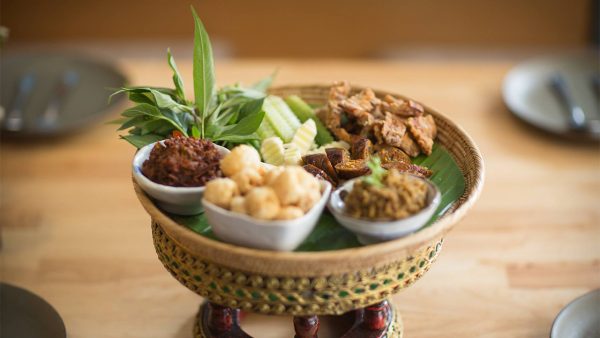
The arrival of the 2020 edition of the Michelin Guide Thailand also adds excitement to Chiang Mai’s gastronomic landscape. A selection of the best dining experiences in Chiang Mai has been added to the up-coming publication following the launch edition that focused on Bangkok and the subsequent additions of Phuket and Phang Nga.
The latest edition will appear online and in bookstores this November, supported by the Tourism Authority of Thailand to raise tourist numbers. It will showcase the diversity of Thailand’s food culture and promote the country as a destination for world-class food tourism.
Chiang Mai’s culinary history goes back centuries, possibly to the very founding of the 723-year-old city that became the capital of the ancient Lanna kingdom with its royal kitchen that shaped what we now recognise as distinct northern dishes. But the food scene has been honed to perfection by its fondest tourists; Thai people, who have for generations recognised the city’s dining excellence. It is almost a second home for those who love to explore the variety of dining options from simple, tasty street food to the Khan Toke traditions of royal dining.
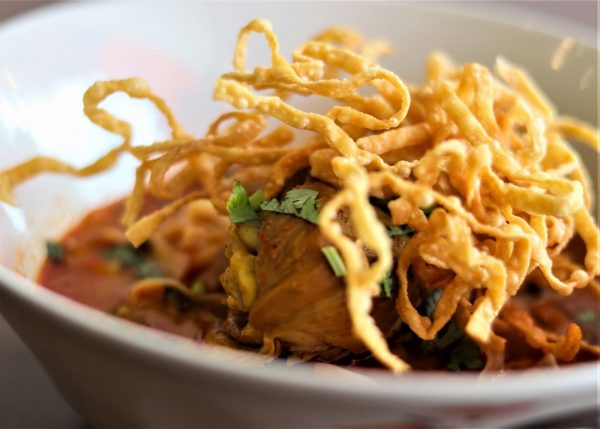
Equally, it has been recognised as a top tourist destination attracting world travellers for its cultural heritage, natural attractions and well-appointed tourist facilities including an international airport, transportation systems, and 70,000 rooms in 3,000 hotels. This year, Chiang Mai should welcome 12 million tourists generating THB120 billion in revenue to the local economy.
The surge of low-cost airline services has made it easier for visitors to spend a weekend in Chiang Mai. Around nine low-cost carriers operate regional flights to Chiang Mai, while four low-cost carriers operate domestic flights. For many domestic tourists, especially Thai Millenials, Chiang Mai is regarded as a lifestyle destination where they spend their vacation to enjoy an authentic travel experience, getting to know the local way of life, being surrounded by nature, eating out and café hopping activity.
Lanna folk wisdom is an important attribute that influences Chiang Mai’s lifestyle and foodways. One of the favourite activities for visitors in Chiang Mai is to enjoy the traditional Khan Toke style dinner, which various types of local foods are served on a pedestal tray. Favourite dishes among 200 kinds of Chiang Mai’s recipes that can be shared at Khan Toke dinner include Sai Oua (Grilled Herb Sausage), Nam Prik Ong/Nam Prik Num (Red/Green Chilli Dip), Laab (spicy salad) Gaeng Hang Lay (Burmese-style Sweet Curry), and Tam Khanun (Young Jackfruit Salad).
The northern style food is usually served with sticky rice and fresh vegetables. Fresh ingredients make a big difference to the traditional meal. Climate and the geography of Chiang Mai are part of the key factors that make Chiang Mai a major source of fresh vegetables, herbs, and fruits. The province is also home to 27 royal project sites presenting Chiang Mai’s culinary identity and advantage on the ingredient freshness and value for money nutrition.
Food and restaurants have always been a focus for Chiang Mai’s journey to success in tourism. The mushrooming of restaurants and cafes in Chiang Mai underscores its position as the destination for food and lifestyle.
Data from the Department of Business Development showed that the northern tourism hub continues to attract investment in the restaurant sector. Chiang Mai ranked among Thailand’s top five cities with the highest numbers of restaurant establishments following Bangkok, Chonburi, Phuket, and Surat Thani.
Meanwhile, figures collected by one of the most popular food applications in Thailand, Wongnai showed that there are more than 12,849 restaurants and eateries in Chiang Mai.
Also, the Northern Thai Arabica Coffee Association (NTACA) has estimated that there are more than 1,000 coffee shops in Chiang Mai, ranging from trendy cafe to street coffee. With its mountainous landscape, the province is one of the major coffee production bases in Thailand. The NTCA estimates that the coffee industry in Chiang Mai is worth more than THB2 billion.
Chiang Mai today has all the assets for it to be on the world’s top gastronomy list. Of course, there are challenges. One is the need to maintain the quality and keep up with an international standard to sustain the culinary identity. According to the World Tourism Organisation, gastronomy is reasoned knowledge about what we eat and how we eat it. Therefore, the latest effort to bring Chiang Mai gastronomy to the international arena will present a new perspective for visitors to embrace; the province’s gastronomic identity. Food is a key factor that influences travel choices and crafts the most crucial reasons in favour of a particular holiday destination. Chiang Mai has the dots lined up perfectly on that score.

For more information:
https://guide.michelin.com/th/en/article/features/10-northern-thai-dishes-you-should-know
https://guide.michelin.com/th/en/article/features/on-the-culinary-trail-khan-tok-dining-in-the-north
#TATstoriesTTR #TATTTR19 #AmazingThailand #Opentothenewshades #Michelin #chiangmai


